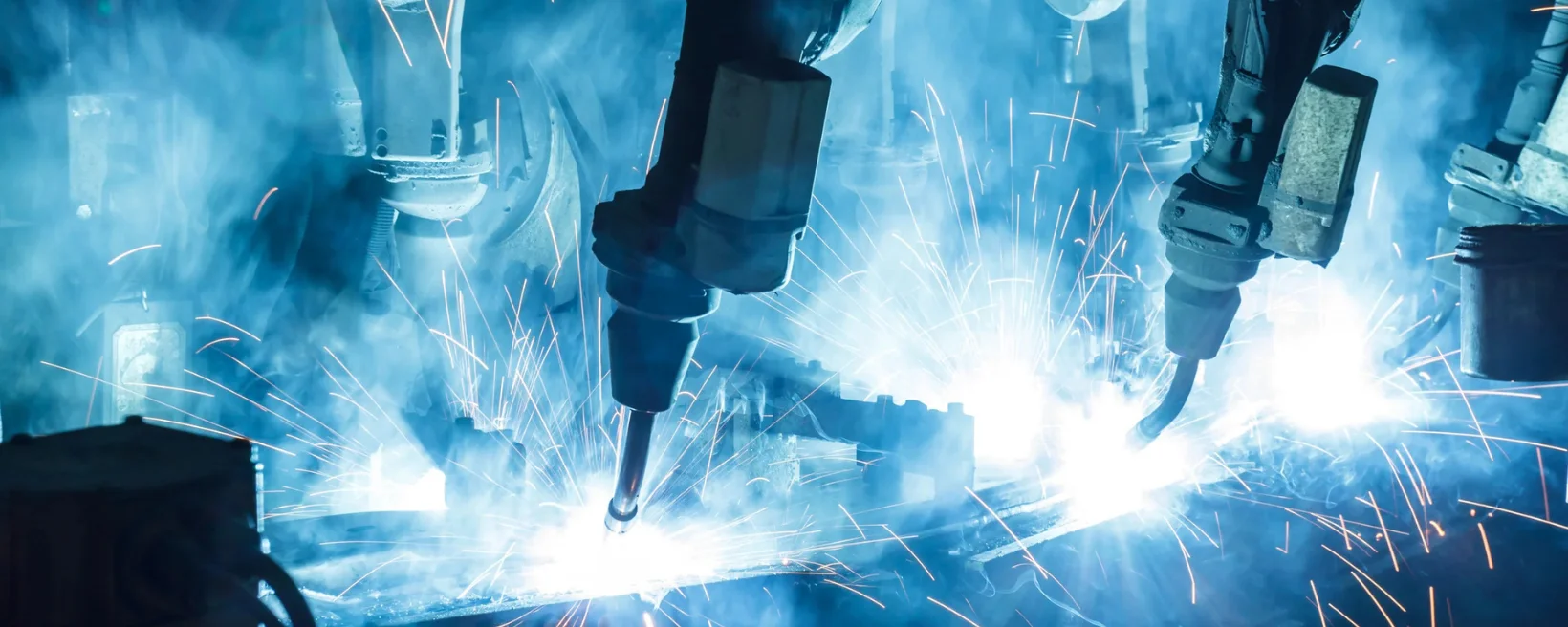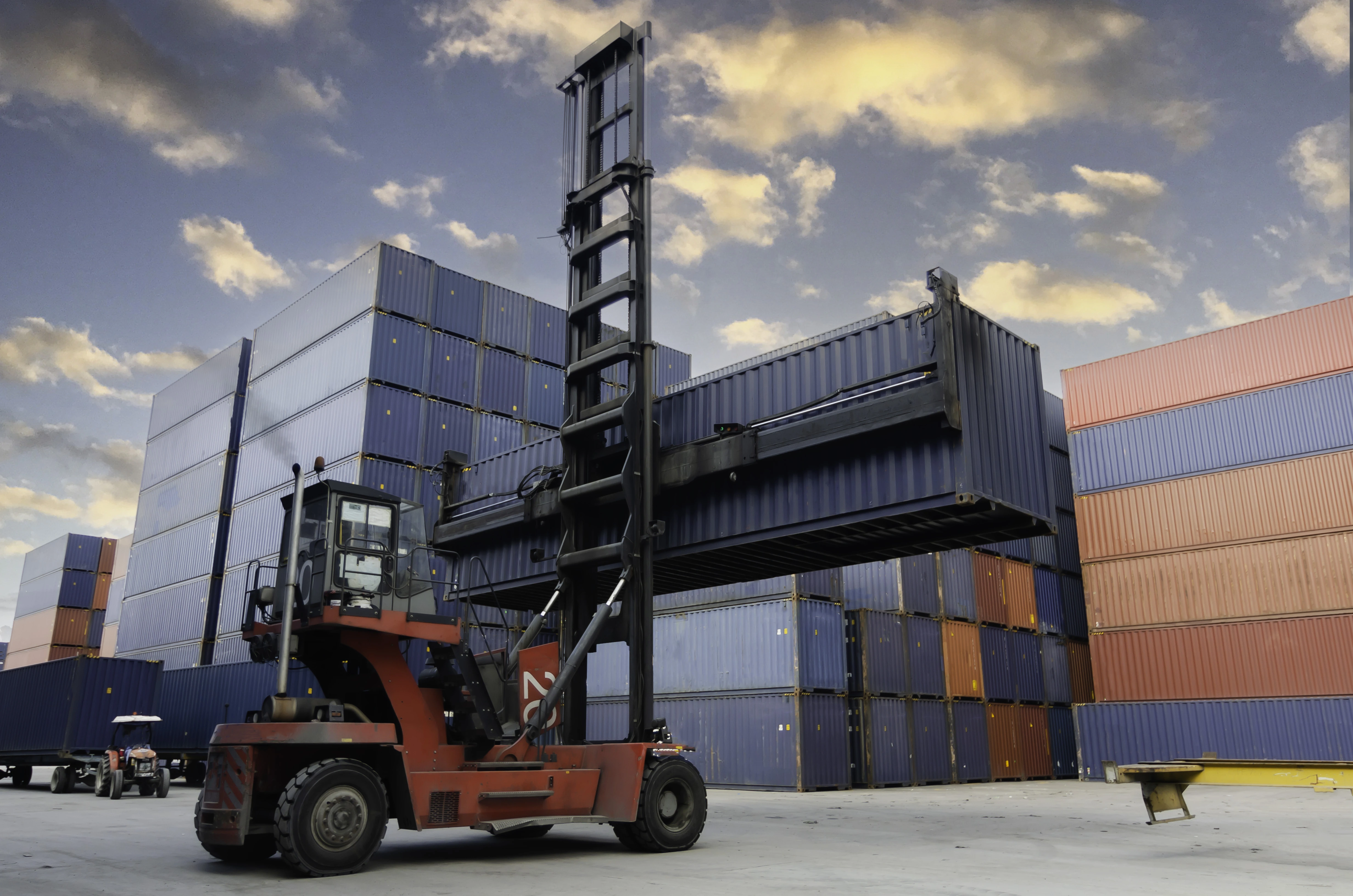Encouraging Tax Relief for Manufacturers Under The OBBBA
As seen in the Boston Business Journal
At first glance, the passage of the One Big Beautiful Bill Act (OBBBA) provides encouraging news to the manufacturing industry from a tax perspective. This comes after several years of more companies seeing their tax bills grow as delayed provisions from the 2017 Tax Cuts and Jobs Act (TCJA) started to kick in. Although companies could see large tax savings over the next several years, many of these tax savings are result of accelerated timing of deductions that could result in larger tax bills in future years.
Extension of the Qualified Business Income Deduction
The OBBBA continues the 20% Qualified Business Income (QBI) deduction for flow through businesses, which keeps the maximum effective federal tax rate on QBI at 29.6%. QBI was otherwise scheduled to phase out at the end of 2025. Without this QBI deduction being extended, and if tax rates reverted to pre-TCJA levels, the tax rate for individuals owning flow through entities would have increased to a maximum 39.6%.
Enhanced Depreciation Incentives for Capital Expenditures
Taxpayers of all sizes will benefit from the increased OBBBA depreciation limits on capital expenditures, whether it be the Section 179 deduction or Section 168 bonus depreciation. The Section 179 deduction was increased from $1.25 million to $2.5 million (phased out for eligible purchases exceeding $4 million). For eligible additions exceeding these limits, 100% bonus depreciation is now available again for federal purposes, starting in 2025. This ensures eligible capital expenditures are fully deductible for the year they are placed in service, although some states, including Massachusetts, don’t allow bonus depreciation for state tax purposes.
If capital expenditures aren’t consistent from year to year, taxpayers will need to be aware of tax increases in the future attributable to the decreased expenditures. Taxpayers can face surprise tax bills when they face a downturn and curtail funding new capital investments and therefore don’t have depreciation to claim on their tax returns equal to what is reported on their financial statements, since prior year additions were already deducted for tax purposes in prior years.
New Incentives for Manufacturing Facility or Plant
One of the largest investments a manufacturer can make is in their manufacturing facility and the OBBBA is trying to make that easier. The new provision for Qualified Production Property is intended to promote investment in new manufacturing facilities. Taxpayers constructing new buildings, started after January 19, 2025, and before the end of 2029 can depreciate 100% of the cost allocated to the production area, excluding office space, research space and other non-production areas of the building. The building also needs to be owned by the taxpayer performing the production activity, so leased property doesn’t qualify.
This could open an opportunity for joint ventures with real estate developers to leverage the significant benefits of accelerated depreciation on the manufacturing facilities, with the joint venture holding both the facilities and the production activity. This could result in substantial tax savings on a present value basis compared to deductions spread over 39 years.
The purchase of an existing building can also be treated as Qualified Production Property in limited cases. For instance, a production facility used by one company can’t be sold to a new manufacturing company and qualify, although some conversions of a building not previously used as a production facility may qualify.
Given the drastic difference between depreciating a building over 39 years versus 1 year, manufacturers looking for new production space will be motivated to construct new space, rather than purchase existing space, because the ability to get the benefits of accelerated depreciation on purchases of existing space is restricted. It will be interesting to see what this does to the market for those looking to sell their production buildings.
Restoration of Immediate Deductibility for Research and Development Expenses
For manufacturers that have research activities, they are aware of the change in 2022 that required research costs to be capitalized and amortized over 5 years (15 years for international research). Prior to 2022, research activities helped to generate tax credits and the related expenses were deductible. Now with the OBBBA, research expenses are deductible again in the year incurred, starting in 2025.
Furthermore, for businesses with less than $31 million in gross receipts in 2025, they can look to deduct the amounts incurred between 2022 and 2024 for domestic research that haven’t already been deducted. The options available are to 1) amend prior year returns to fully deduct the expenses incurred in those years, or 2) at the election of the taxpayer, the amounts not already deducted can be deducted in full in 2025 or over 2025 and 2026 rather than continuing the five-year spread.
Increased Cap for Deductible Business Interest
Since manufacturing requires large capital investments, most manufacturers incur debt to fund those investments and pay interest expenses. Starting in 2022 with TCJA, taxpayers had to limit the deductible amount of their business interest expense to 30% of their adjusted taxable income, basically their earnings before interest and taxes. This tended to result in a lower cap on the amount of deductible interest in a year than under prior law, with the excess interest expense carrying over as a deduction in future years. However, the OBBBA reverts to the prior definition of adjusted taxable income, adding back depreciation and amortization to the computation of adjusted taxable income starting in 2025. This results in a significantly higher interest deductibility cap for taxpayers with significant depreciation deductions.
Strategic Tax Planning for Long-Term Efficiency
All of these changes will impact each manufacturer differently and will require careful planning over the next several years. Manufacturers should ensure they are taking advantage of any new tax law changes and carefully plan for future tax years. Many of these changes will increase cash flow for the next few years as tax savings are realized. However, before that cash is spent it will be just as important to plan for potential increased tax bills in future years after some of these one-time tax savings opportunities pass.
Citrin Cooperman’s Manufacturing and Distribution Industry Practice leverages specialized knowledge to provide a full range of professional services and industry insights, helping companies achieve their strategic objectives. Connect with our team to evaluate how these changes impact your business and develop a proactive plan.
Explore the Latest OBBBA Updates





